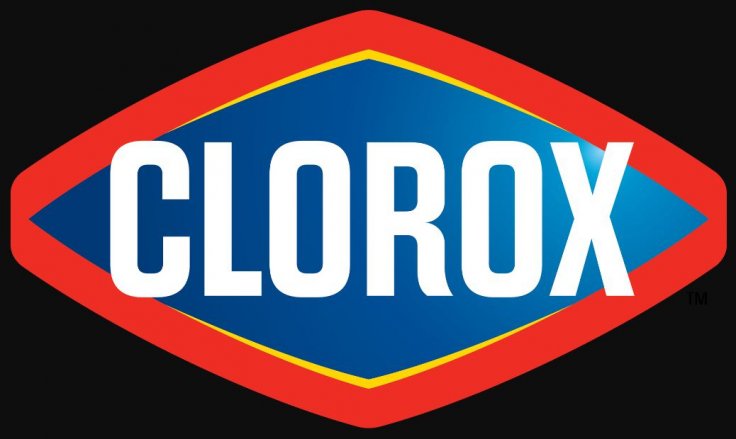As the overwhelming demand for cleaning products owing to the coronavirus pandemic increases, Benno Dorer, CEO of Clorox, the world's biggest cleaning products maker, said on Monday that the stocks of its disinfecting wipes will not be available in sufficient quantities until next year.
"Disinfecting wipes, which are the hottest commodity in the business right now, will probably take longer because it's a very complex supply chain to make them," Dorer told Reuters. He added, "That entire supply chain is stressed. ... We feel like it's probably going to take until 2021 before we're able to meet all the demand that we have."
Boom In The Demand for Hygiene Products
Since the start of global lockdowns, makers of hygiene goods have seen a sustained boom in sales. While California-based Clorox typically holds aside excess supply for flu seasons, it says it has been unable to keep up with a six-fold increase in demand for many of its disinfectants.

The company is currently understocked across much of its portfolio, which includes Glad trash bags and Burt's Bees lip balm. Supply for most products, like liquid bleach, will improve dramatically over the next four to six months - but not wipes, Dorer said. Clorox products are used in Uber vehicles and United Airlines planes, and are sold by major retailers like Walmart, Amazon and Kroger.
Outsourcing Production to Third-party Suppliers
Many wipes are made from polyester spunlace, a material currently in short supply as it is also used to make personal protective equipment like masks, medical gowns and medical wipes. Dorer had said in May that Clorox expected to see shelves stocked with wipes by this summer.
Since then, Clorox has made "major" capital investments so it can ramp up output each quarter, including simplifying its disinfectant product line-up at factories that run 24/7 every day of the year. Clorox began outsourcing some manufacturing this year to ten third-party suppliers and plans to keep looking for more.
On Monday, Clorox reported fourth-quarter sales and earnings that widely topped analysts' expectations, driven by a 33 percent increase in revenue from its health and wellness business, which makes cleaning products and accounts for more than 40 percent of total sales.
(With inputs from agencies)









